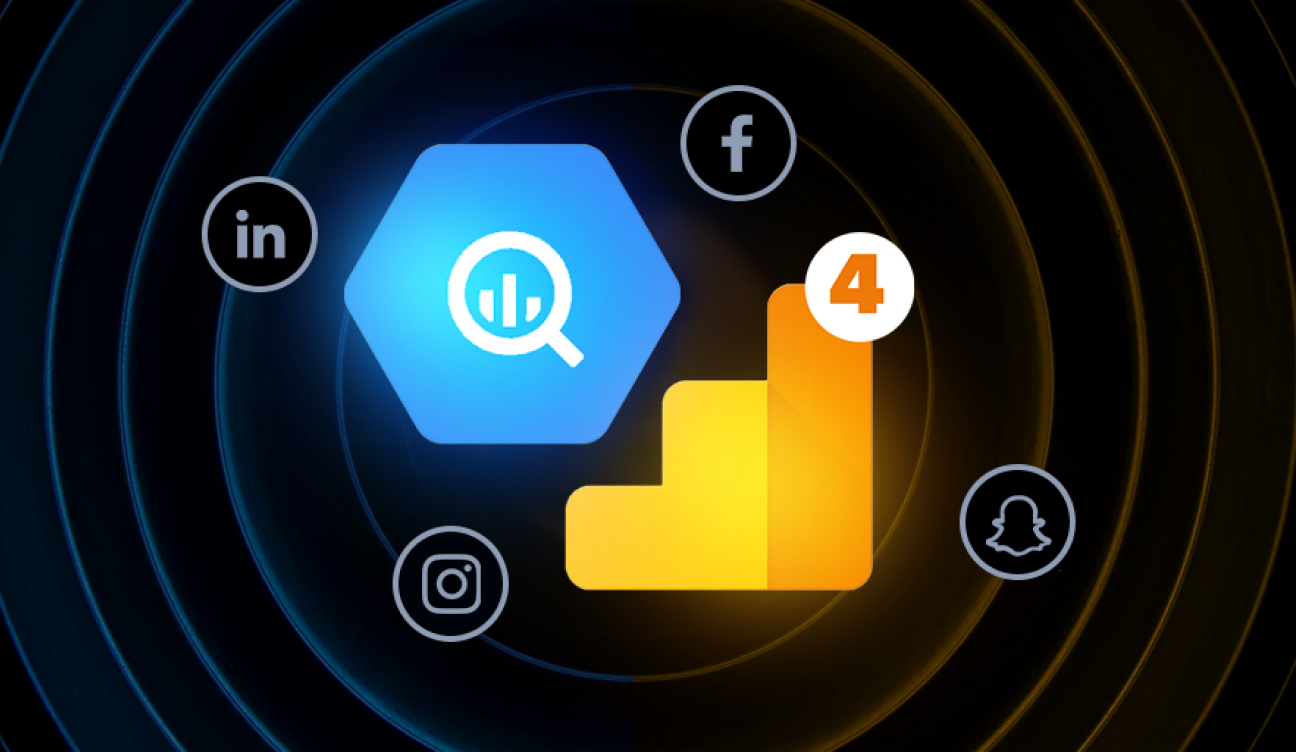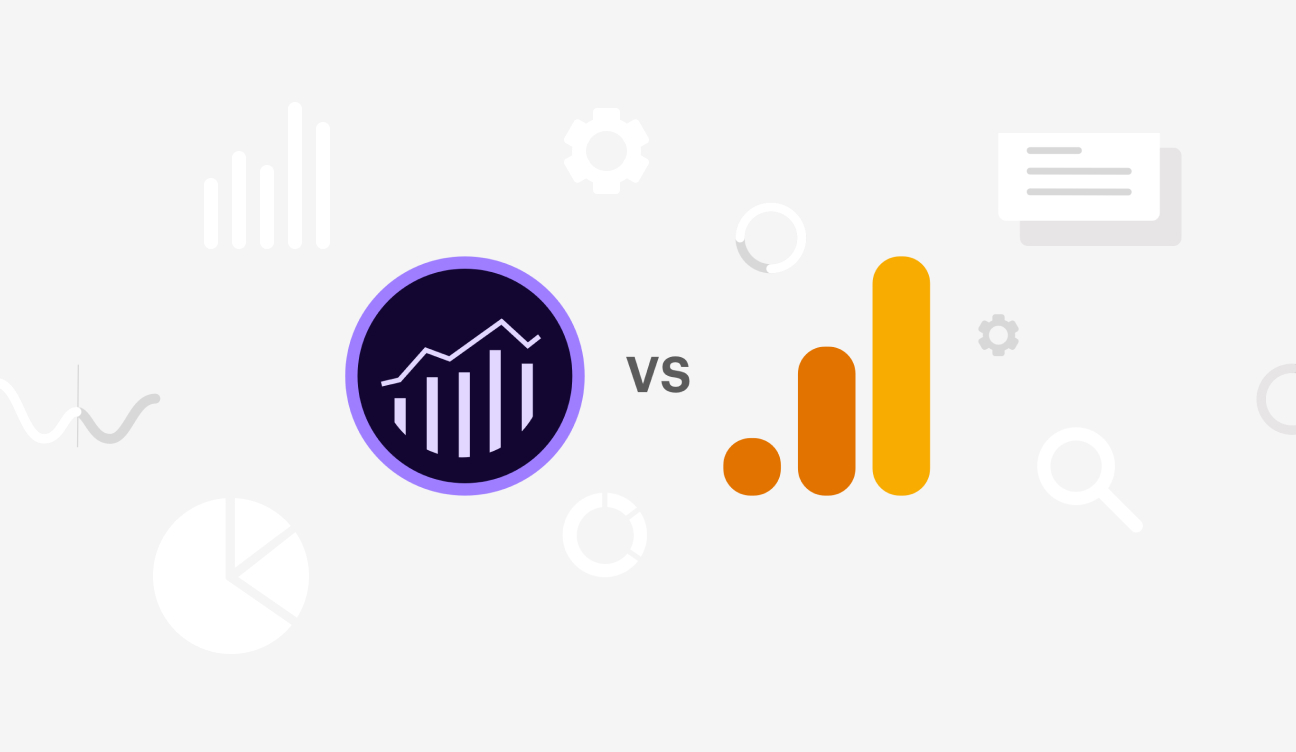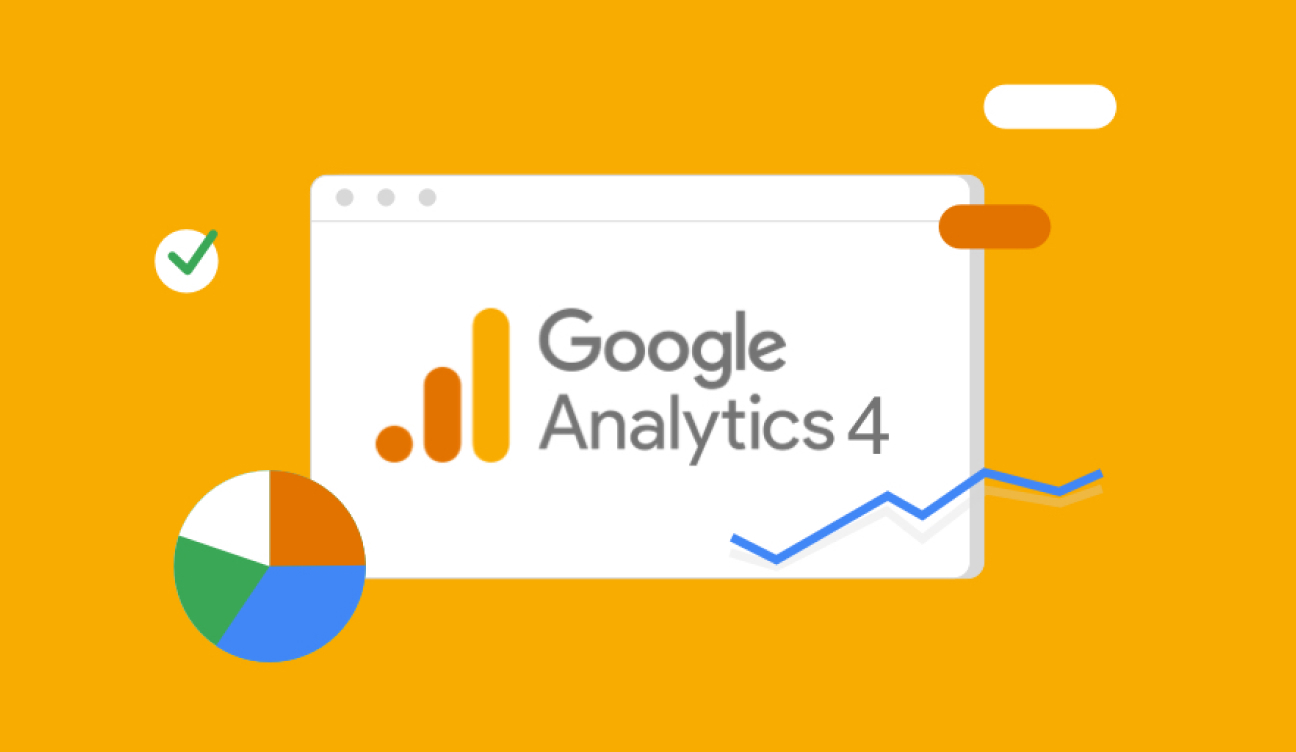Centralize Your Digital Data with ETL Tools

One of the most significant challenges for data-driven companies is getting their digital data in a clean centralized format. Nearly all businesses need information to determine what the most profitable decisions are. This information is usually buried in tons of data. The process of deriving this information is unknown to many high-level executives who know what information they want but aren't as familiar with the data acquisition process. This process is called ETL.
What is ETL?
ETL stands for Extract Transform Load. In short, it's the process of taking data from one source (extract), modifying it to meet your preferences (transform), and uploading it into your preferred database (load). Without an efficient way to derive the needed data from all the disparate data sources, all the data in the world will mean nothing to the end-user.
The ETL process can be done manually, but when you take a moment and think of the number of data sources within an individual company's digital landscape, you can quickly come to understand how painstaking the time and effort of a manual ETL process will require. The solution, ETL tools.
An ETL tool automates the ETL process by offering three vital functions:
- Extracting data from primary data sources.
- Transforming the extracted data, so it meets the requirements of the repositories it’s to be used in.
- Loading data into the target destination.
What Types of ETL Tools Exist?
There are multiple ETL tools, but not all are built for the modern data environment.
Businesses require cost-efficient tools that are relatively easy to set up and use and support a wide range of use cases. Some of the ETL tools used throughout the digital data landscape today include:
Legacy ETL Tools:
- These are older systems that have been used for a while now.
- These are older systems that have been used for a while now.
Open-source ETL Tools
- These are generally easier to set up than Legacy ETL tools and work much faster.
- They can usually be set up in a few minutes as they come with detailed instructions that help organizations choose the best tool that matches their business objectives.
Cloud-based ETL Tools
- These offer an advantage over on-premises alternatives in that they offer real-time data availability and flexibility for numerous big data sources.
What Are the Benefits of ETL Tools?
Time
- Manual ETL processes are time-consuming.
- The process of writing code and mapping data sources to specific target destinations will involve a lot of man-hours.
- ETL tools organize and simplify the data collection process, which is repeatable - saving businesses lots of time and money.
Scalability, Availability, Automation, and Control
- ETL tools allow business to move data in a repeatable fashion with pinpoint accuracy thus reducing time and manpower
What Factors Should I Consider When Selecting an ETL Tool?
There are several available ETL tools to choose from; Some of the factors to consider when choosing an ETL tool include:
Data You Intend to Work With
- Data You Intend to Work With
- Some ETL tools work great with simple structured data but don't work well with unstructured data.
- The amount of data you are looking to move also comes under consideration. You’ll want to choose an ETL tool that can comfortably handle the volume of data you wish to process.
Flexibility
- Data comes in different forms from various sources, and often, organizations need to load them to different environments for analysis.
- ETL tools need to be flexible to read and write data regardless of the source, type of data, and the intended destination
Cost
- In the present age of the internet, one can always find free tools and software. ETL tools included.
- However, most of the free ETL tools fall far short in functionality.
- If you are serious about your data, you will need to come out of pocket for the right tools to meet your needs.
- ETL tools have different cost packages. As much as you need to pay to play, you don't want to break the bank if you intend to run a profitable business.
About The Author:
Brad Robertson, Former Director of Digital Analytics | Sagepath Reply
Brad is a digital analytics expert with over 10 years of experience successfully implementing digital analytics platforms such as Google Analytics and Adobe Analytics, and building custom dashboards in Power BI, Tableau, and Looker Studio. Brad has extensive experience helping clients across different industries tell stories with their digital data.

Let’s Start a Conversation
Reach out to discuss your digital transformation needs and see how we can help. We would love to start a long-term partnership with your company.
Get in Touch


